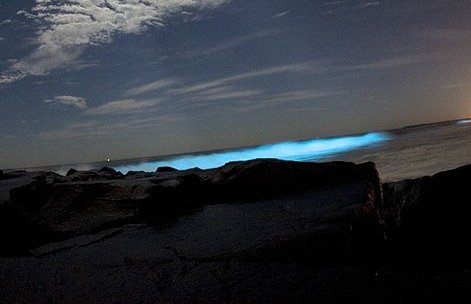Tom Siegfried holds a bachelor’s degree from Texas Christian University, where he majored in chemistry, history, and journalism. He earned a master of arts from the University of Texas at Austin with a major in journalism and a minor in physics. I know of him because he is currently the Editor in Chief of Science News. I read that journal regularly, and since he often writes an editorial that appears on the second page of each issue, I have read a lot of his work. He is a talented writer, and he has a good grasp of a broad range of scientific issues. He also seems to have a lot more faith than I could ever muster.
In a recent editorial on origin-of-life research1, Mr. Siegfried made some statements that illustrate what a paragon of faith he really is. After remarking that humans have been trying to puzzle out how to create a simple form of life, he says:
It doesn’t sound like it should be that hard. After all, sometime not quite 4 billion years ago, lifeless molecules gathered somewhere on Earth and self-assembled into an entity that spawned the planet’s full repertoire of ancestral life-forms–without help from any fancy laboratory equipment.
Mr. Siegfried is quite confident that once upon a time, lifeless chemicals randomly interacted to produce something that eventually evolved into all the amazing living organisms we see today. He believes this despite the fact that every origin-of-life experiment has been a miserable failure, which makes him a true paragon of faith.
Continue reading “With Enough Blind Faith, You Can Believe Anything!”






